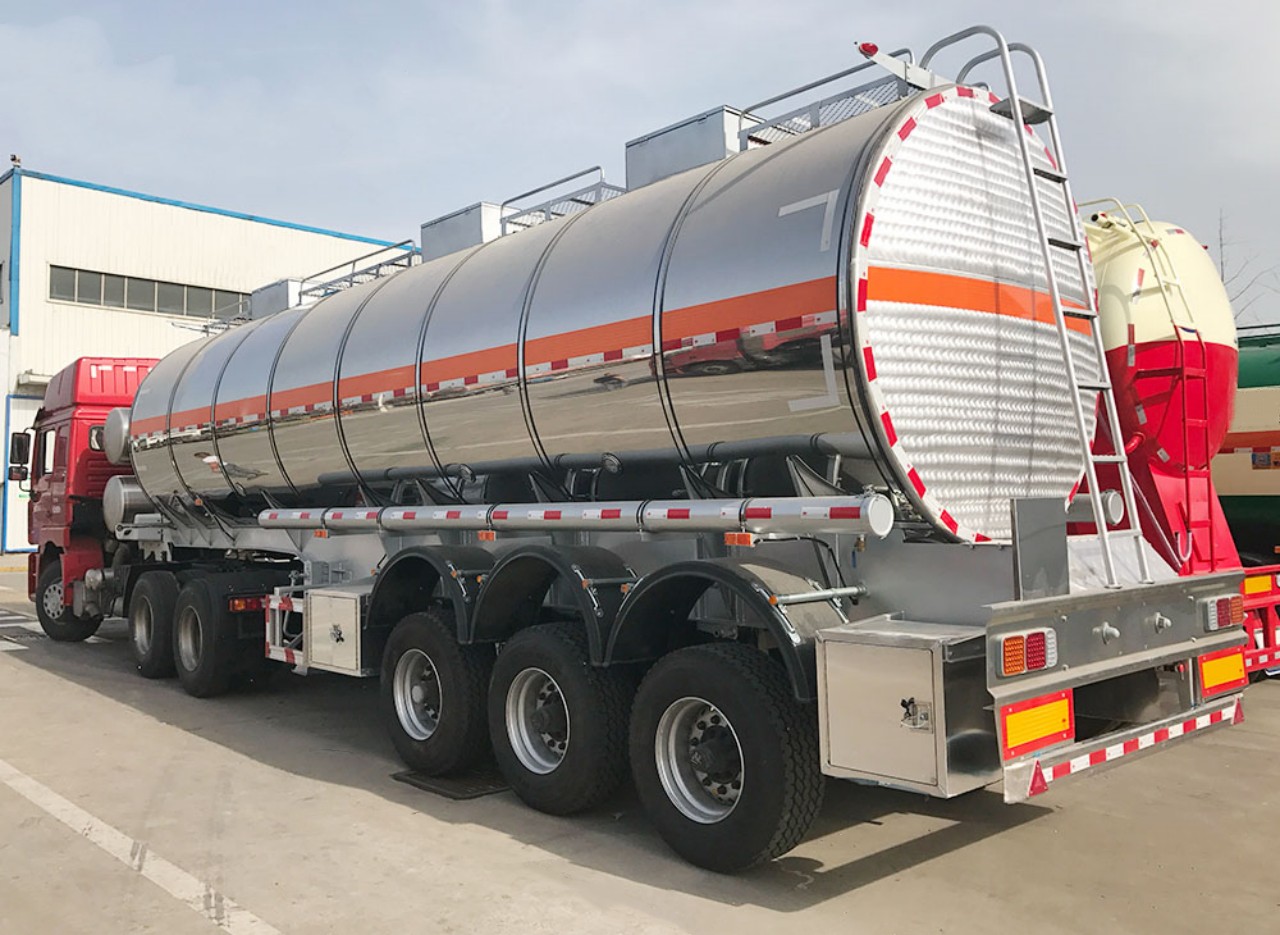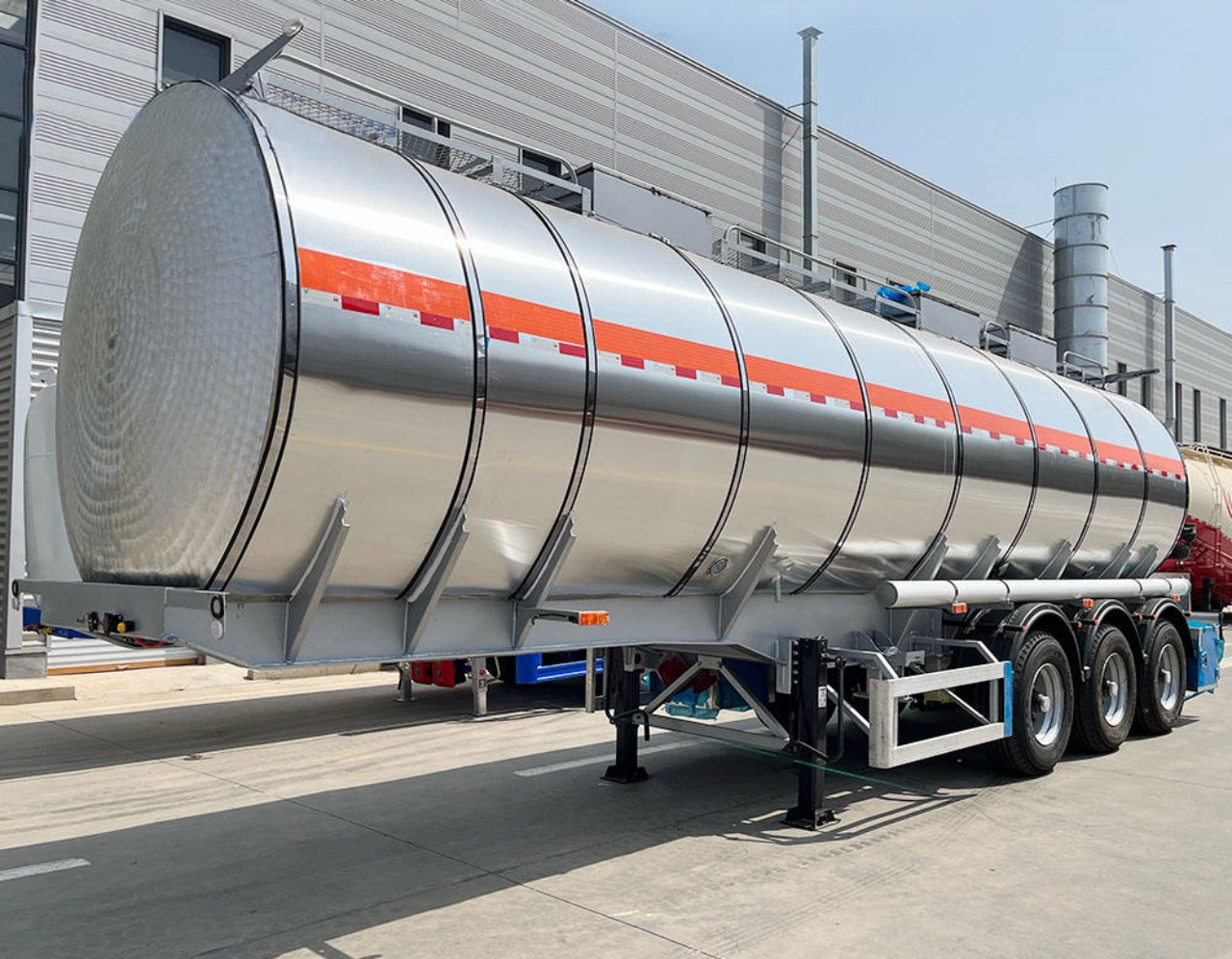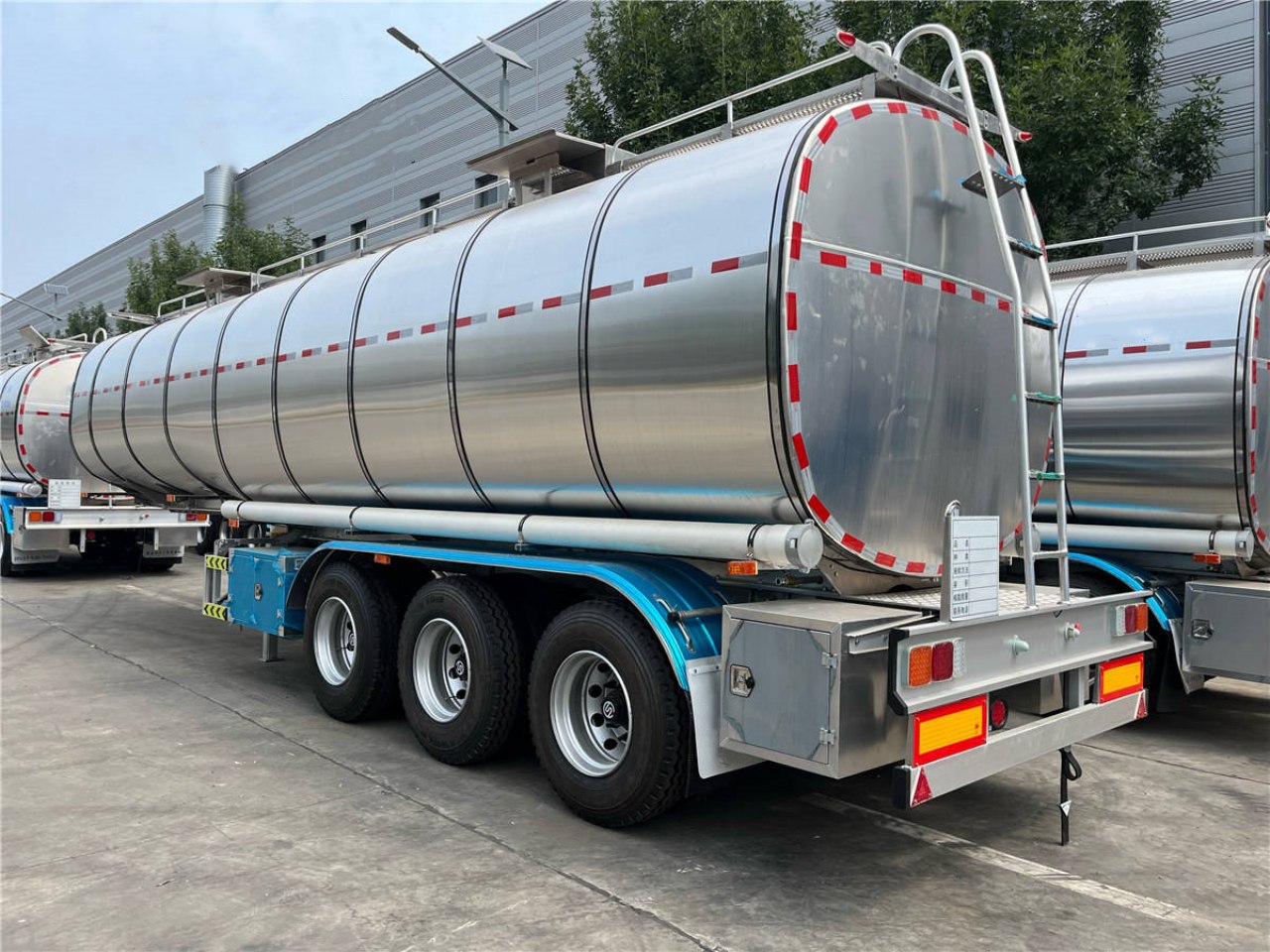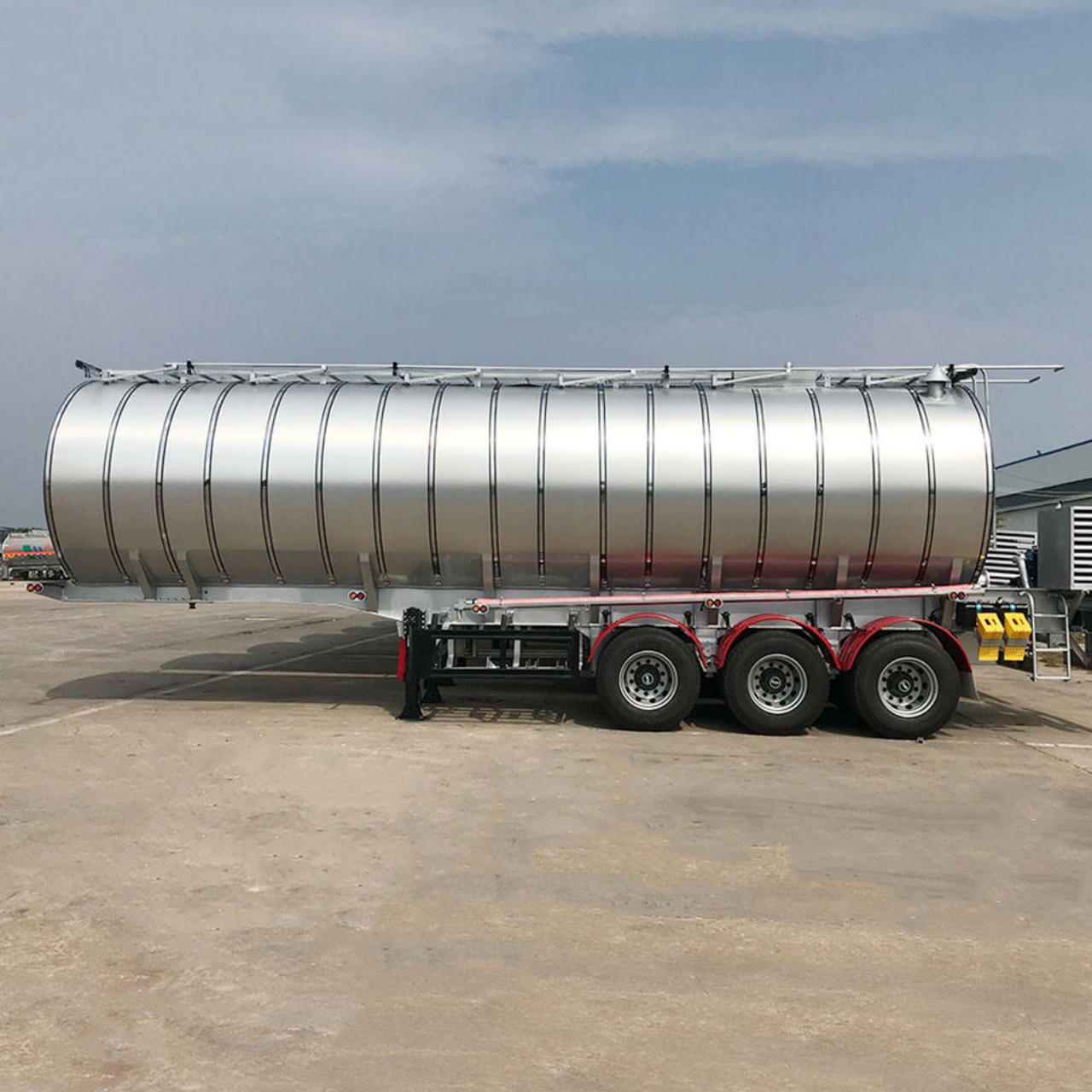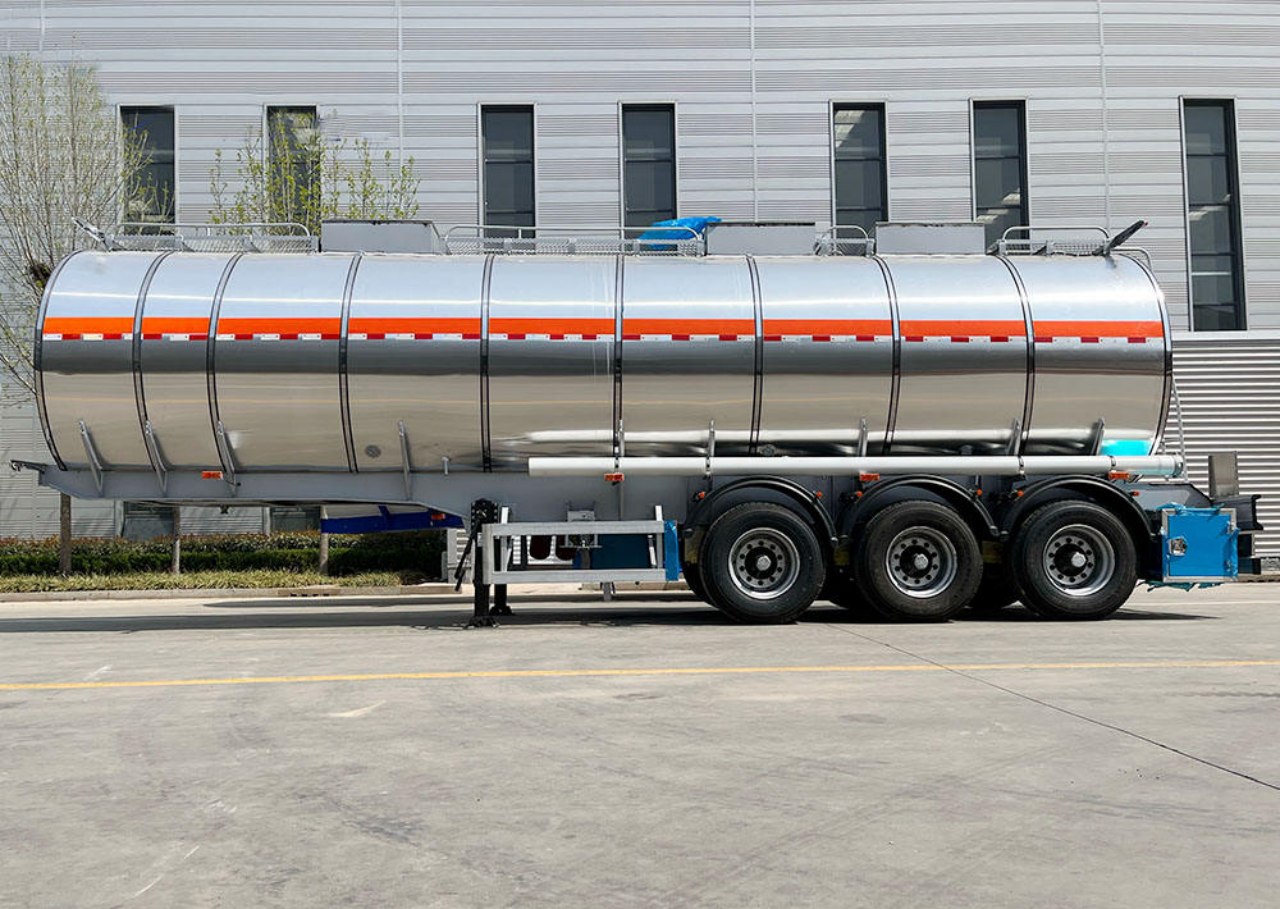The total length of a trailer truck, also known as a semi-truck, tractor-trailer, or articulated lorry, is a critical factor in road logistics, highway safety, freight regulation, and infrastructure planning. Understanding this measurement is essential not only for transportation professionals but also for regulators, warehouse operators, and even the general public who share the roads with these large vehicles.
This article explores the total length of trailer trucks in various configurations, the factors that influence their length, regional regulations, and how length impacts their operation and road compatibility.
Understanding Trailer Truck Configurations
A trailer truck typically consists of 2 main parts:
- The Tractor (or Prime Mover) – This is the front part of the truck that contains the engine and driver’s cab. It provides the power to pull the trailer.
- The Trailer – This is the detachable rear section that carries cargo. Trailers come in different types and lengths depending on the goods they are designed to transport.
When determining the total length of a trailer truck, the measurement includes both the tractor and the trailer.
Common Trailer Truck Lengths
The total length of a trailer truck can vary significantly based on its design, usage, and regional legal limits. Below are some typical lengths for different types of trailer trucks:
1. Standard Semi-Trailer Truck
- Tractor Length: Around 6 to 7 meters (20 to 23 feet)
- Trailer Length: 13.6 meters (45 feet) is the standard in many countries
- Total Length: Approximately 16 to 18 meters (52 to 59 feet)
This configuration is the most common on highways across North America, Europe, and Asia.
2. Long Combination Vehicles (LCVs)
LCVs are designed to carry more cargo using multiple trailers:
- Double Trailer (B-Double or Tandem):
- Total Length: Around 25 to 28 meters (82 to 92 feet)
- Common in Australia, Canada, and select U.S. states
- Triple Trailer (Road Train):
- Total Length: Can exceed 36.5 meters (120 feet)
- Often used in remote areas of Australia and the western United States
3. Shorter Delivery Trucks (City or Straight Trucks)
- Total Length: Ranges from 7 to 12 meters (23 to 40 feet)
- Used mainly for local deliveries within urban environments
Regulations Governing Length
Different countries and regions have established specific regulations regarding the maximum permissible length of trailer trucks. These laws aim to balance efficiency in freight transport with road safety and infrastructure limitations.
United States
- Maximum trailer length: 53 feet (16.15 meters) in most states
- Maximum total length: Generally around 70 to 75 feet for certain combination vehicles
- State-specific variations: Some states allow longer vehicles on designated routes
European Union
- Standard trailer length: 13.6 meters
- Maximum total length: 16.5 meters for articulated trucks, 18.75 meters for rigid trucks + trailer combinations
- Longer trucks under special permits: Up to 25.25 meters (European Modular System)
Australia
- Standard semi-trailer length: 19 meters
- B-Double: Up to 26 meters
- Road trains: Can be as long as 53.5 meters in remote areas under specific conditions
Asia
- Varies greatly by country:
- China: 17.1 meters standard total length
- India: Often adheres to 16.2 meters for articulated trucks
Factors That Affect Trailer Truck Length
Several variables contribute to the total length of a trailer truck:
- Type of Cargo: Oversized or specialized cargo like logs, steel pipes, or wind turbine blades may require extended flatbeds or multi-trailer arrangements.
- Trailer Type:
- Flatbed trailers: Generally range from 12 to 16 meters
- Tankers: Usually 10 to 15 meters
- Refrigerated trailers: Can extend up to 16 meters with insulated boxes
- Axle Configuration: Legal length can change based on the number and position of axles.
- Local Infrastructure: Road width, bridge clearance, and turning radius constraints influence allowable lengths.
Operational Considerations for Long Trailer Trucks
While longer trailer trucks improve cargo capacity and reduce per-ton transportation costs, they introduce several operational challenges:
- Maneuverability: Longer trucks require more space for turning, especially in tight urban or dockside environments.
- Parking and Loading: Warehouses and truck stops must accommodate extended lengths.
- Fuel Efficiency: Heavier and longer trucks consume more fuel, though the per-unit efficiency improves with load volume.
- Driver Training: Operators of longer vehicles must be specially trained and often certified for multi-trailer handling.
Technological Innovations
Modern trailer trucks often incorporate design and technology solutions to manage increased lengths safely:
- Steerable rear axles to reduce the turning radius
- Electronic stability control systems
- Telematics and GPS to help with route planning and compliance with legal limits
- Modular trailer systems that allow reconfiguration depending on cargo needs
Why Trailer Truck Length Matters
Understanding the total length of a trailer truck is crucial for:
- Road Safety: Preventing accidents by ensuring adequate stopping distances and awareness of blind spots
- Infrastructure Design: Roads, bridges, tunnels, and roundabouts must be built to accommodate legal truck lengths
- Fleet Management: Companies must select vehicle lengths appropriate to their delivery routes and cargo volumes
- Environmental Planning: Longer trucks with higher payload capacity can reduce the number of trips, thus lowering carbon emissions
Conclusion
The total length of a trailer truck varies widely depending on its design, function, and regional regulations. From the standard 16 to 18 meters found on highways to massive road trains stretching over 50 meters in Australia, these vehicles are engineered to meet diverse logistical needs. However, length must always be balanced with road safety, infrastructure capability, and regulatory compliance.
As the freight industry continues to evolve, especially with innovations like autonomous driving and smart logistics, understanding and managing truck lengths will remain a cornerstone of efficient and safe goods transportation around the globe.
